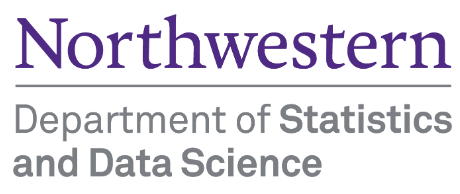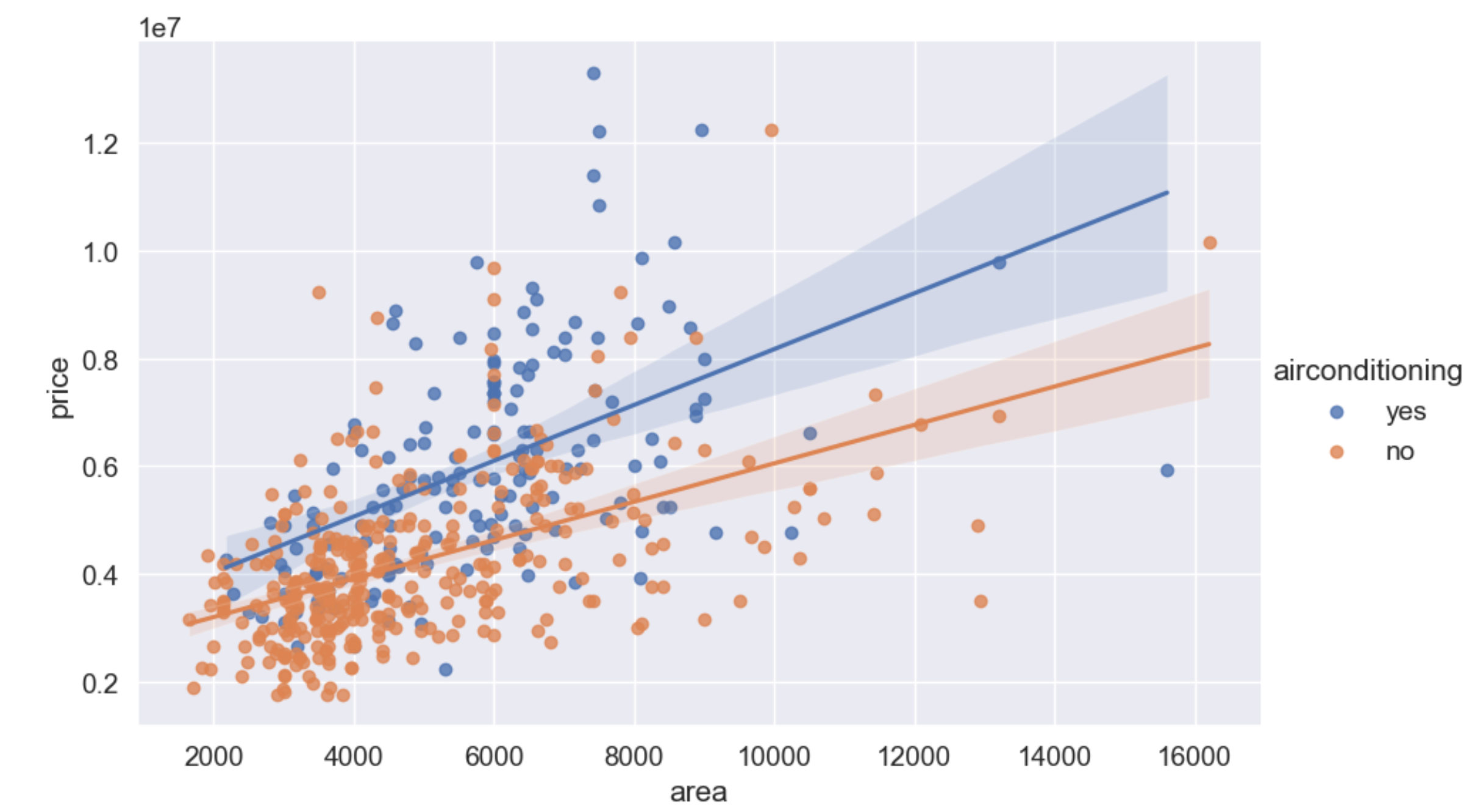Instructions
You may talk to a friend, discuss the questions and potential directions for solving them. However, you need to write your own solutions and code separately, and not as a group activity.
Do not write your name on the assignment.
Write your code in the Code cells and your answer in the Markdown cells of the Jupyter notebook. Ensure that the solution is written neatly enough to understand and grade.
Use Quarto to print the .ipynb file as HTML. You will need to open the command prompt, navigate to the directory containing the file, and use the command: quarto render filename.ipynb --to html. Submit the HTML file.
The assignment is worth 100 points, and is due on 11th November 2024 at 11:59 pm.
There is a bonus question worth 20 points, and an ultra bonus question worth 30 points. However, there is no partial credit for these questions. You will get 20 or 0 for the bonus question, and 30 or 0 for the ultra-bonus question. If everything is correct, you can score 150 out of 100 in the assignment.
Missing value imputation
Read Housing_missing_price.csv as housing_missing_price and Housing_complete.csv as housing_complete. The datasets consist of housing features, like number of bedrooms, bathrooms, etc., and the price. Both datasets are exactly the same, except that Housing_missing_price.csv has some missing values of price. In this question, you will try different methods to impute the missing values of house price in the file Housing_missing_price.csv. You will use the prices in Housing_complete.csv to check the accuracy of your imputation.
Note that you cannot use Housing_complete.csv to impute missing price in any of the questions. Housing_complete.csv is just to check the accuracy of your imputation, after you have done the imputation. Before imputing the missing price, assume you do not have Housing_complete.csv.
Number of missing values
How many values of price are missing in Housing_missing_price.csv?
(3 points)
Indices of missing values
Find the row labels, where the price is missing. Assign those row labels as an array or a list to index_null_price.
(4 points)
Correlation of continuous variables with price
Find the continuous variable having the highest correlation with price. Let the variable be \(A_{cont}\).
(2 points)
Correlation of categorical variables with price
Split the categorical columns of the Housing_missing_price.csv, such that they transform into dummy variables with each category corresponding to a column of 0s and 1s. The continuous variables remain as they were in the original dataset. Name this dataset as housing_dummy.
Which categorical variable is the most highly correlated with price? Let that variable be \(V_{cat}\).
(3 + 2 points)
Hint: pd.get_dummies()
Bonus question: Missing value imputation with KNN
(20 points)
Identifying optimal \(K\) by \(k\)-fold cross validation
You need to impute the missing price using the KNN (\(K\)-nearest neighbor) algorithm. However, before implementing the algorithm, find the optimal value of \(K\), using \(k\)-fold cross-validation. Use all the variables in housing_dummy.
Note that you cannot use Housing_complete.csv to find the optimal \(K\).
Follow the \(k\)-fold cross validation procedure below to find the optimal \(K\), i.e., the optimal number of nearest neighbors to consider when imputing missing values:
Remove observations with missing price from housing_dummy. Let us call the resulting DataFrame as housing_missing_removed.
Split housing_missing_removed into \(k\)-folds. Take \(k=10\). Each fold will have one-tenth of the observations of housing_missing_removed.
Iterate over the \(K^{th}\) potential value of \(K\), where \(K \in \{1,2,...,50\}\).
A. Iterate over the \(i^{th}\) fold, where \(i \in \{1,2,...,10\}\)
I. Assume that the all the price values of the \(i^{th}\) fold are missing. Impute the value of price for an observation in the \(i^{th}\) fold as the mean price of the \(K\)-nearest neighbors to the observation, where the neighbors are from among the observations in the remaining 9 folds.
- Compute the RMSE (Root mean squared error) for the \(i^{th}\) fold. Let us denote the RMSE for \(i^{th}\) fold, and considering \(K\) nearest neighbors as \(RMSE_{iK}\).
B. Find the average of the 10 RMSEs obtained in 3(A). Let us denote it as \(RMSE_K\), i.e., RMSE for a given value of \(K\). Then, \[RMSE_K = \frac{1}{10} \sum_{i=1}^{i=10} RMSE_{iK}\]
The optimal value of \(K\) is the one for which \(RMSE_K\) is the minimum, i.e., \[K_{optimal}=\underset{K \in \{1,...,50\}}{\operatorname{\ argmin}} RMSE_K\]
Assumption to make it a bit simpler: Ideally you should split the dataset randomly into \(k\)-folds. However, to make it simpler, you may assume that the data is already shuffled, and you may take the first \(1/10^{th}\) observations to be in the \(1^{st}\) fold, the next \(1/10^{th}\) to be in the \(2^{nd}\) fold and so on.
More explanation about \(k\)-fold cross validation and the optimal \(K\):
You need to impute the missing price using the KNN (K-nearest neighbor) algorithm. However, before implementing the algorithm, find the optimal value of \(K\), using \(k\)-fold cross-validation. This is an optimization method used for more advanced Machine Learning methods, such as KNN. In KNN, the number of neighbors, \(K\), is called a hyperparameter, which cannot be optimized with a mathematical method. Therefore, it needs a more coding-based optimization method called cross-validation.
The idea of cross-validation is to split the dataset into subsets, called folds. After that a range of \(K\) values is picked. For each \(K\) value in the range, the KNN imputer is created and evaluated on each fold separately, returning an RMSE value for each fold. The average value of these RMSE values is the cross-validation RMSE value of that \(K\) value. Cross-validation is a robust method to find the best \(K\) in the KNN algorithm for the data at hand because it evaluates different parts of the data separately and takes the average of all results. It is called \(k\)-fold cross-validation, with \(k\) as the number of folds we want to use, usually 3, 5 or 10. In this problem, we will use 10-fold cross-validation. Note that you need nested for loops to iterate over both each \(K\) value and each fold for this algorithm.
Implementing KNN with optimal \(K\)
Using the optimal value of \(K = K_{optimal}\) obtained in the previous question, impute the missing values of price in housing_missing_price. Use all the variables in housing_dummy for implementing the KNN algorithm. Plot the imputed price vs true price (from Housing_complete.csv) and print the RMSE (Root mean squared error). This is to be done only for the imputed values of price.
Answer check: The RMSE obtained with KNN should be lower than that obtained with any of the earlier methods. If not, then there may be some mistake in your KNN implementation.
Ultra-bonus question
(30 points)
Develop an algorithm to impute the missing price, such that it reduces the imputation RMSE to below $650k. Plot the imputed price vs true price (from Housing_complete.csv) and print the RMSE (Root mean squared error). This is to be done only for the imputed values of price.
Note that we have not attempted to solve this question yet. We are not sure if a solution exists. However, if you find a solution, you will get 30 points.
Hint: In the bonus question, all variables were given equal weights when imputing missing values with KNN. However, shouldn’t some variables be given higher weight than others?
If you think you are successful, email your solution to your instructor for grading.
Binning
Read house_features_and_price.csv. We will bin a couple of variables to better analyze the trend of house_price with those variables.
Trend with house_age
Make a scatterplot of house_price against house_age, along with the trendline. What is the trend indicated by the trendline?
(4 points)
Trend with bins of house_age
Bin house_age into 5 approximately equal-sized bins.
(3 points)
After binning, plot the mean house_price against the house age bins.
(3 points)
Is the trend seen with this plot different from that seen with the trendline in the previous question? If yes, then is one of the trends incorrect? Why or why not?
(4 points)
Is one of the trends more informative? If yes, then which one and how?
(4 points)
Trend with number_convenience_stores
Make a barplot to visualize the mean house_price against number_convenience_stores.
(3 points)
Trend with bins of number_convenience_stores
Bin number_convenience_stores into an appropriate number of bins such that the non-linear trend of the variation of house_price with the bins of number_convenience_stores is retained, while minimizing the number of bins.
After binning, plot the mean house_price against the number_convenience_stores bins.
(8 points)
Size of number_convenience_stores bins
Print the size of bins obtained in the previous question. Are the bins of approximately equal size? If not, is it reasonable to have bins of unequal sizes to visualize the trend of house_price with number_convenience_stores.?
(2 + 4 points)
Outliers
Identifying outlying prices
Continue working with house_features_and_price.csv. Determine how many houses have outlying values in house_price using both the Z-score method and the IQR method.
- Question: Which method is more conservative for this dataset? (6 + 2 points)
Quick EDA
How are these houses (identified in the previous question as outliers) different from the houses in the rest of the dataset, which might be making them extremely expensive / extremely cheap? Explore the data and mention your hypothesis.
(8 points)

